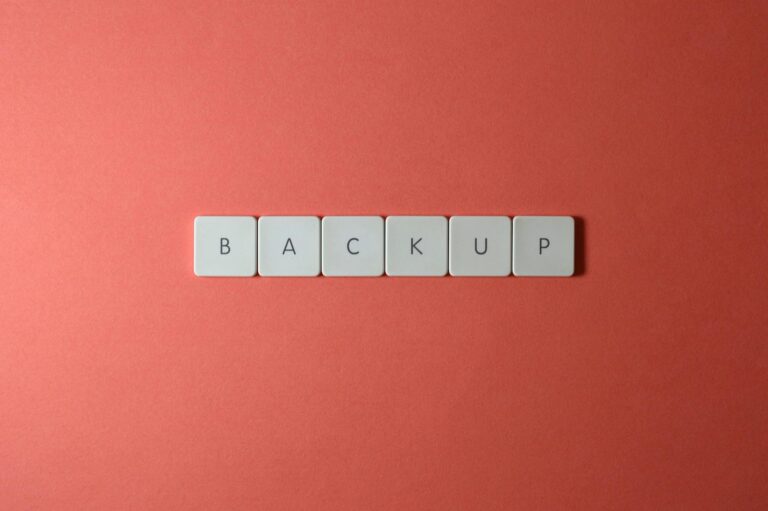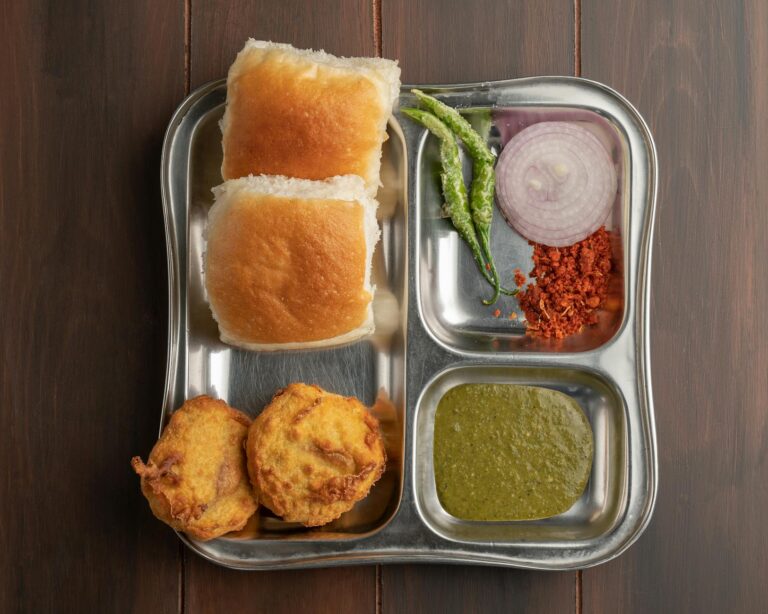Oil Prices Jump as Israel-Iran Tensions Flare Up Again
So here we go again. Oil prices shot up like a rocket when Asian markets opened Monday—all because Israel and Iran decided to trade blows over the weekend. And let’s be honest, when these two start going at it, the whole world holds its breath. Why? Because the Middle East pumps out nearly a third of the planet’s oil. One wrong move and we’re looking at supply chains going haywire. Brent crude’s already dancing around $80, but trust me, this rollercoaster’s just getting started.
What’s Fueling This Price Spike?
The Immediate Trigger: Israel vs Iran, Round Who-Even-Knows
Sunday’s back-and-forth attacks took their shadow war into dangerous new territory. Here’s the thing—neither side has hit oil facilities yet. But traders aren’t waiting around to find out what happens next. It’s like that moment in a Bollywood movie when the music stops—you just know something bad’s coming. “Uncertainty’s the real killer here,” says Clara Mendez, an energy analyst I spoke to. “Every time tensions flare, everyone remembers the 1973 oil shock nightmares.”
The Bigger Picture
But geopolitics isn’t the whole story. OPEC+ has been cutting production for months—like that friend who orders one samosa for the whole group. Meanwhile, China’s economy is sort of recovering? Maybe? And let’s not forget this region’s track record. From Gulf War refinery fires to those Houthi drone attacks in Saudi Arabia—when the Middle East sneezes, the oil market catches pneumonia.
Why the Middle East Still Calls the Shots
The Heavy Hitters
Saudi, Iran, Iraq, UAE—these guys together pump over 20 million barrels daily. But the real choke point? The Strait of Hormuz. Picture a crowded Mumbai local train at rush hour, but with oil tankers. About 21% of the world’s oil flows through that narrow passage. If Iran ever makes good on its threats to block it—boom, 17 million barrels vanish overnight.
History Lessons We Keep Repeating
Remember the Iran-Iraq War? They were blowing up each other’s tankers like it was some twisted video game. Then the 1990 Gulf War sent prices up 250% in three months. Sure, today we’ve got more supply options—but that’s like saying you’ve got spare tires when your car’s hanging off a cliff.
What Might Happen Next? (Because My Crystal Ball’s in the Shop)
Best Case: Cooler Heads Prevail
If this stays contained—like April’s little skirmish—prices might chill around current levels. Saudi and UAE could turn up their taps to cover small disruptions. Fingers crossed, right?
Worst Nightmare: All-Out War
But if this spirals into Hormuz blockades or Saudi/Iranian facilities getting hit? We’re talking $150 oil, inflation going nuts, and the 1970s oil crisis looking like child’s play.
Most Likely: The Annoying Middle Ground
RBC Capital Markets thinks we’ll get “managed instability”—which is banker-speak for “constant tension keeping prices high ($90-$110) without complete disaster.” Basically, living with that one creaky ceiling fan that might fall any day.
Where Things Stand Now
As of Monday afternoon:
- Brent crude: $87.42 (+3.2%)—ouch
- WTI crude: $83.19 (+3.8%)—double ouch
“America’s now the top oil producer, sure. But when the Middle East catches a cold, the market still acts like it’s the plague.”
— Jason Bordoff, some smart guy at Columbia
How This Hits Your Wallet
Every $10 jump in oil prices adds about 0.4% to global inflation. Airlines will start charging for oxygen next, trucking costs will spike, and that plastic chair you wanted? Probably costs more now. In the U.S., gas could jump 30-50 cents a gallon if this holds.
What Can Anyone Actually Do?
The International Energy Agency has 1.5 billion barrels in emergency reserves—enough to cover a 30-day Hormuz shutdown. Diplomats are probably burning midnight oil (ironic, huh?) trying to calm things down. Long-term? We really need to get serious about renewables instead of treating them like that gym membership we never use.
The Bottom Line
Right now, the market’s betting on both sides backing down. But with tensions this high, that risk premium isn’t going anywhere. Businesses should check their supply chains—like you’d check your bike before a long ride. And maybe start budgeting for pricier petrol. Because when it comes to oil, hope for the best but keep a fire extinguisher handy.
If You Want to Go Deeper
Source: NY Post – Business













One thought on “Oil Prices Skyrocket — Is a Middle East Supply Crisis Next?”